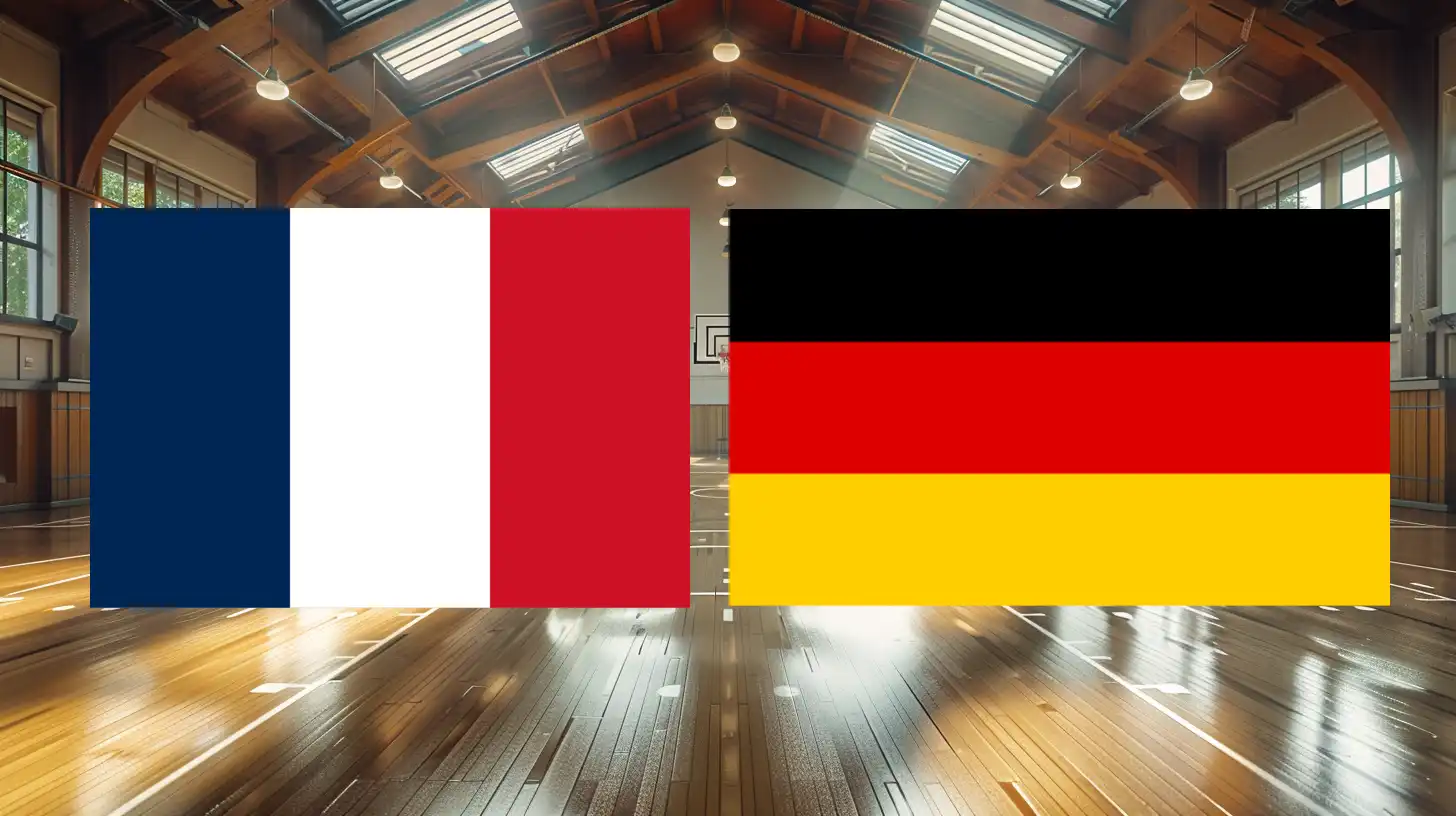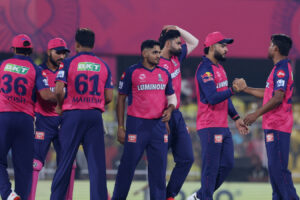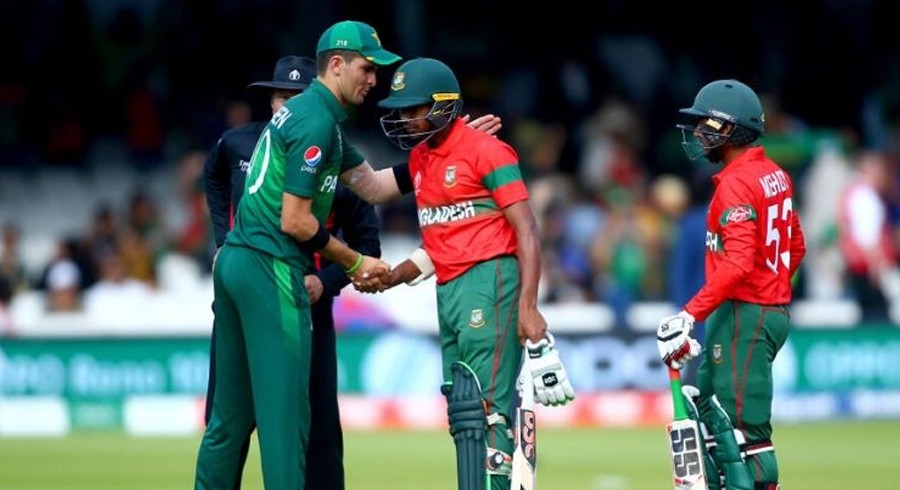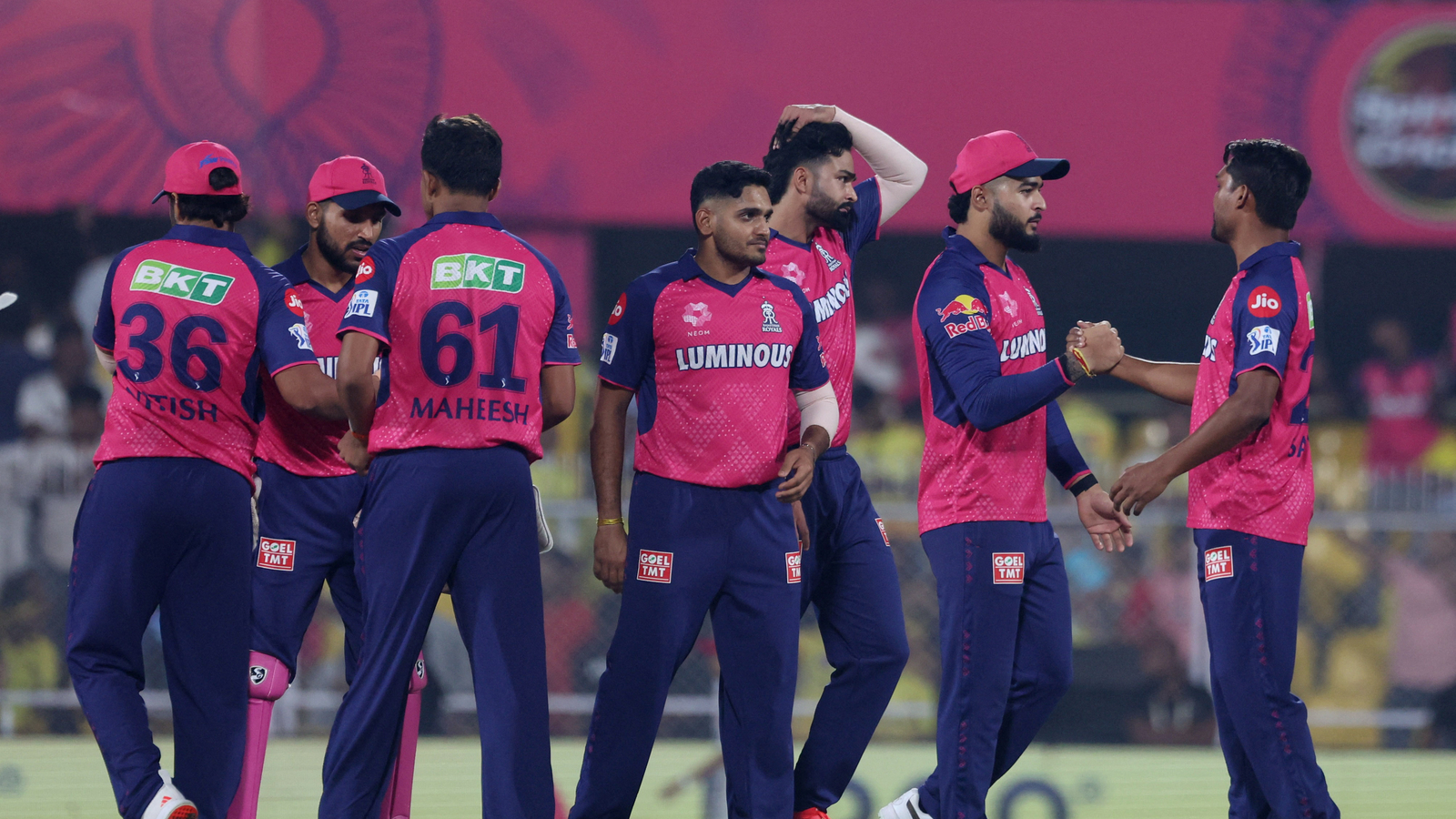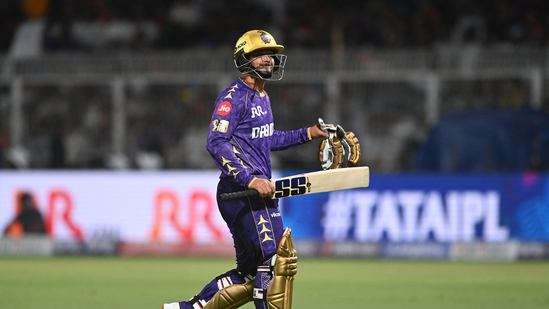The cricketing landscape is evolving, and so are the strategies of top cricketing nations. Bangladesh and Pakistan, two significant teams in the subcontinent, have made a decisive move that underscores this change: replacing their planned ODI matches with a T20I series in their upcoming bilateral tour. This development is not just about a scheduling tweak—it signals a broader shift in international cricket priorities, particularly as the cricketing calendar edges closer to marquee events like the Asia Cup 2025 and the ICC Men’s T20 World Cup 2026.
The problem? Teams are running out of time to experiment and settle into the high-paced rhythm of T20 cricket. Aggravating this is the relentless schedule of global cricket, leaving little room for flexible preparation. But the solution lies in smart planning—exactly what the Pakistan Cricket Board (PCB) and Bangladesh Cricket Board (BCB) are doing by prioritizing T20Is in their mutual tours. This blog post explores why this decision was made, how it aligns with broader cricketing goals, and what it means for the future of bilateral series.
ODIs scrapped from Bangladesh's tour of Pakistan in May.
— Cricbuzz (@cricbuzz) March 30, 2025
Details: https://t.co/7k1MPUFmGb pic.twitter.com/bchxtIvgUY
A Look at the Original Tour Plan
Initially, Bangladesh was set to tour Pakistan in May 2025 for a six-match white-ball series consisting of three One Day Internationals (ODIs) and three Twenty20 Internationals (T20Is). The tour was anticipated to serve as a balanced platform for both teams to assess players in two critical formats. However, given the looming importance of T20 competitions, both boards mutually agreed to revise the structure.
The new plan? A five-match T20I series hosted in Pakistan. This shift reflects a focused approach aimed at fine-tuning T20 squads, adjusting combinations, and giving players ample time to find their rhythm ahead of more consequential T20 events.
Why the Change? The Rising Significance of T20 Cricket
There’s no denying the growing prominence of T20 cricket. With the ICC Men’s T20 World Cup 2026 fast approaching, and the Asia Cup 2025—also scheduled to be played in the T20 format—set for September in India, both boards had strong incentives to pivot away from ODIs.
T20 cricket demands a different set of skills—explosive batting, precision death bowling, quick reflexes, and tactical adaptability. These nuances require dedicated match experience. By focusing exclusively on T20Is in these bilateral series, both Bangladesh and Pakistan are ensuring their players get high-intensity practice under real match conditions.
Reciprocal Series: Pakistan’s Tour of Bangladesh Also Adjusted
Interestingly, this strategic shift isn’t one-sided. In a reciprocal move, Pakistan’s scheduled tour of Bangladesh in July 2025—initially planned as an ODI series—has also been restructured into a three-match T20I series. These matches are expected to take place in Dhaka on July 20, 22, and 24, right before Pakistan’s scheduled tour of the West Indies.
This mutual alignment of schedules strengthens the competitive relationship between the two nations and reinforces the collaborative spirit in adapting to cricket’s dynamic demands.
Preparation for the Asia Cup and T20 World Cup
With the Asia Cup being held in India and the ICC T20 World Cup in 2026 co-hosted by India and Sri Lanka, the South Asian teams have an inherent geographical advantage in terms of pitch familiarity and weather conditions. However, success in these tournaments will depend heavily on momentum, fitness, and effective role clarity within the squads.
Pakistan, with a solid T20 core including Babar Azam, Shaheen Afridi, and Mohammad Rizwan, will look to capitalize on this extended T20 window to test bench strength and experiment with batting orders. On the other hand, Bangladesh, under the leadership of seasoned players like Shakib Al Hasan and Litton Das, will aim to break their inconsistent streak in T20Is by using this tour as a springboard for transformation.
Long-Term Strategic Implications
This pivot could also indicate a broader trend in international cricket scheduling. As T20 leagues dominate the global cricket economy and ICC tournaments emphasize the shortest format, bilateral ODIs—once the cornerstone of limited-overs cricket—may face a gradual phasing out in non-World Cup years. Boards are increasingly prioritizing formats that align with global visibility and commercial value, and T20s, with their fast-paced action and global appeal, fit the bill perfectly.
For Bangladesh and Pakistan, these tours serve more than just short-term goals. They offer crucial insights into team chemistry, power-hitting depth, and bowling variety—all of which will be critical for success in global tournaments.
A Win-Win Scenario for All
For fans, this decision guarantees more T20 cricket in an already electric calendar. For broadcasters and sponsors, it’s an opportunity to capitalize on the format’s mass appeal. And for players and management, it’s the chance to correct tactical imbalances and strengthen line-ups before the real battles begin.
More importantly, this scheduling change marks a shift toward a modernized, agile approach to international cricket—a step away from rigid traditional calendars and toward format-specific readiness.
Place your bets at JitaBet, JitaWin, and Jita88, they offer really good odds, play and win big!
🚨 PCB and BCB have mutually agreed to replace ODIs with T20Is from their upcoming bilateral series in May and July in preparation for the forthcoming Asia Cup and T20 World Cup 📰
— Cricwick (@Cricwick) March 24, 2025
➡️ BAN tour of PAK (May) will now consist of 5 T20Is
➡️ PAK tour of BAN (July) will now consist… pic.twitter.com/EVWHeu77yk
Conclusion
The decision by Bangladesh and Pakistan to eliminate ODIs from their upcoming tours and focus solely on T20Is is more than a logistical adjustment—it’s a forward-thinking move in a cricketing era dominated by speed, spectacle, and strategic innovation. As both nations gear up for a loaded international calendar filled with T20 cricket, this mutual realignment provides players with the best possible preparation while catering to fans’ ever-growing appetite for short-format thrillers.
With this approach, both boards are not only preparing their teams for immediate success in the Asia Cup and T20 World Cup, but they are also paving the way for a more flexible, future-ready model of international cricket scheduling.

